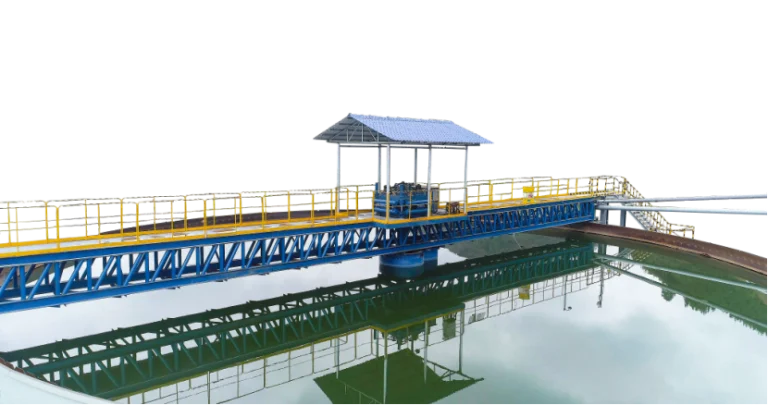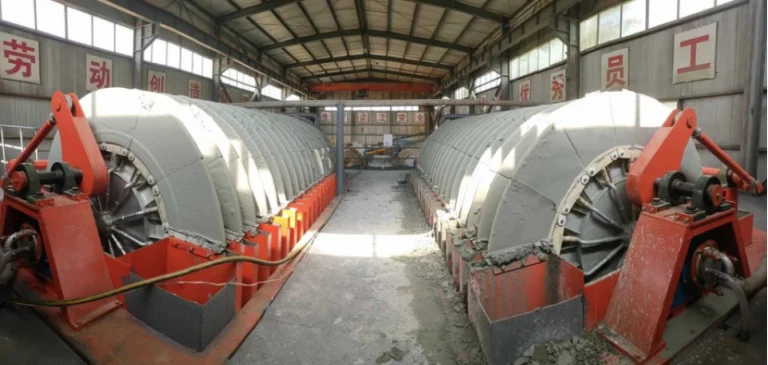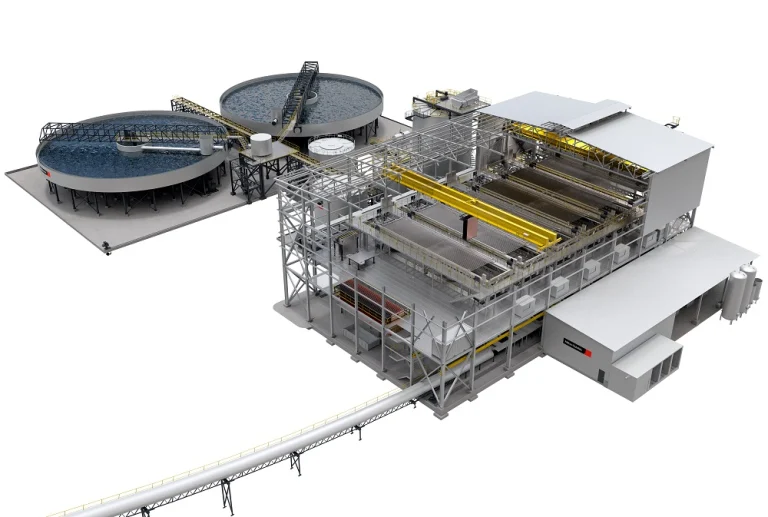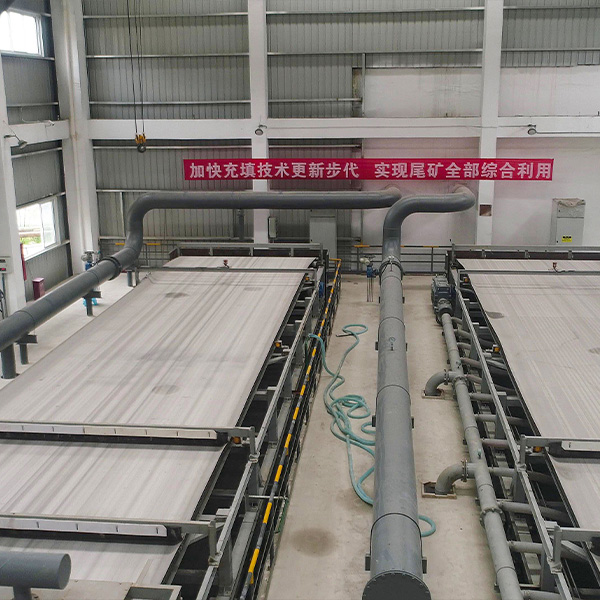Understanding Ceramic Filters
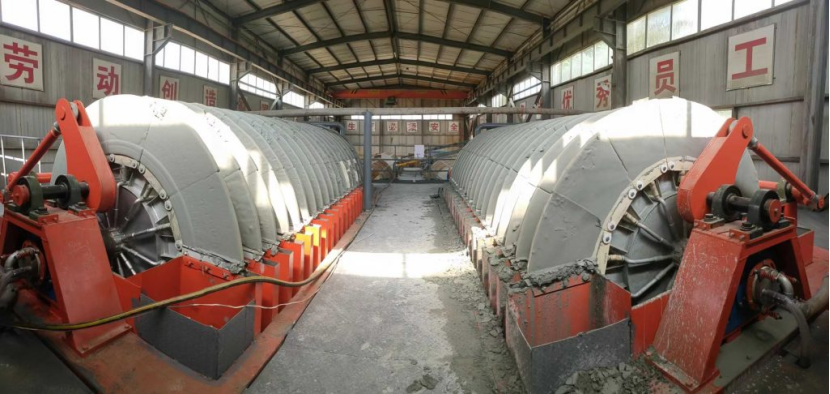
What Are Ceramic Filters?
Ceramic filters are advanced tools. They are made of porous ceramic materials. They remove impurities from liquids. They clean gases too. Fine pores in the ceramic act as barriers. They trap contaminants. Clean water or air passes through. The DF ceramic filter is a key example. It is used for solid-liquid separation. Many industries rely on it. Ceramic properties ensure top filtration performance.
Key Features
Ceramic filters excel in precision. Their pores can be tailored. This removes tiny particles. It eliminates microorganisms. It clears some chemicals. They resist heat. They withstand chemicals. They are mechanically strong. They handle tough conditions. This suits diverse uses. The DF ceramic filter is durable. It leaves low moisture in filtered materials.
Role in Filtration Systems
Ceramic filters are vital in modern systems. They offer reliable separation. They ensure water purity. This is critical in industry. They process large liquid volumes. They maintain steady performance. Automated controls often enhance them. This boosts operational efficiency.
Benefits of Using Ceramic Filters for Water Treatment
High Filtration Efficiency
Ceramic filters are highly efficient. Their pore structures are precise. They remove even small contaminants. Advanced ceramics maintain high flow. They keep filtration quality strong.
Better Water Quality
Ceramic filters clear sediments. They remove bacteria. They eliminate harmful chemicals. This improves water quality. It is vital for industry. It ensures safe drinking water at home. They deliver consistent clean water. This makes them widely chosen.
Durable Ceramic Materials
Ceramic materials last long. They resist wear. This cuts maintenance costs. It reduces replacement needs. They perform in tough conditions. They handle high heat. They resist corrosive substances.
Applications of Ceramic Filters in Various Industries
Chemical Industry Uses
Ceramic filters aid chemical processes. They separate solids from liquids. They recover valuable materials. They handle waste streams. Their chemical resistance is key. They manage corrosive substances. This ensures process efficiency. It maintains product quality.
Mining and Metallurgy
Mining deals with high-solid slurries. So does metallurgy. Ceramic filters like the DF model dewater tailings. They concentrate minerals. They handle abrasive materials. They produce low-moisture outputs. This increases productivity.
Sewage and Tailing Treatment
Ceramic filters protect the environment. They treat sewage effectively. They process tailings. They remove suspended solids. They lower pollutant levels. They meet environmental rules. They support sustainable waste practices.
Factors Influencing the Performance of Ceramic Filters
Material Makeup and Porosity
Material composition drives performance. So does porosity. Ceramic filters use advanced materials. Their pores are precisely sized. These trap contaminants. Clean water or air flows through. The material resists heat. It withstands chemicals. This suits many industries. Porosity affects efficiency. It impacts impurity removal. It influences flow rates.
Operating Conditions and Upkeep
Conditions affect filter efficiency. Temperature is one factor. Pressure is another. So is chemical exposure. Ceramic filters handle harsh settings. Regular upkeep is needed. Cleaning keeps pores clear. This maintains filtration rates. Ceramics resist wear. This lowers upkeep costs. Neglecting care shortens lifespan. It reduces effectiveness.
Integration with Equipment
Ceramic filters work better with other tools. Pairing with thickeners boosts results. Belt filters enhance separation too. The DF ceramic filter dewaters tailings. It concentrates minerals in mining. Such pairings purify better. They cut operational costs.
Innovations and Advancements in Ceramic Filter Technology
High-Efficiency Designs
New designs improve ceramic filters. They focus on durability. They enhance precision. The DF ceramic filter is an example. It is highly durable. It leaves low moisture. These designs remove tiny contaminants. They perform well in tough conditions.
Advanced Manufacturing Methods
Manufacturing has transformed filters. 3D printing controls pore sizes. This boosts efficiency. It allows customization. Filters meet specific industry needs. High-quality materials are used. They withstand extreme conditions. They maintain performance.
Future Trends in Filtration
Sustainability shapes filtration’s future. Efficiency is a focus too. Industries adopt green practices. They demand low-waste solutions. Ceramic filters minimize environmental impact. They provide reliable separation. Automation is advancing. It enables real-time monitoring. It improves control. This enhances efficiency.
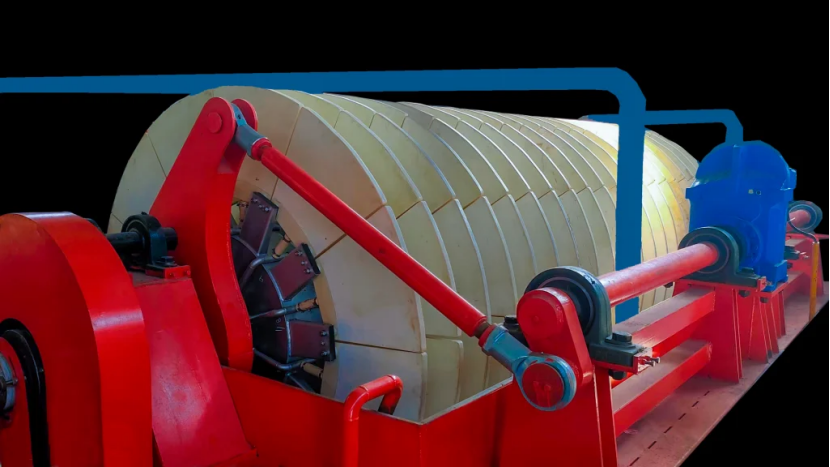
Frequently Asked Questions
What impacts ceramic filter performance?
Material makeup is key. Porosity matters. Operating conditions affect it. So does equipment integration.
How do manufacturing methods improve filters?
They refine pore size control. They enable customization. This suits specific industrial needs.
Are ceramic filters fit for harsh environments?
Yes. They resist high heat. They handle pressure. They withstand chemicals.
How do ceramic filters aid sustainability?
They cut waste in filtration. They ensure cleaner discharge. This supports green operations.
Contact Yantai Hexin Environmental Protection Equipment Co., Ltd. for filtration solutions. Located in YEDA, Yantai City, Shandong, they specialize in belt filters, vertical press filter presses, and high-efficiency thickeners. They bring over 20 years of expertise and strong R&D capabilities.

